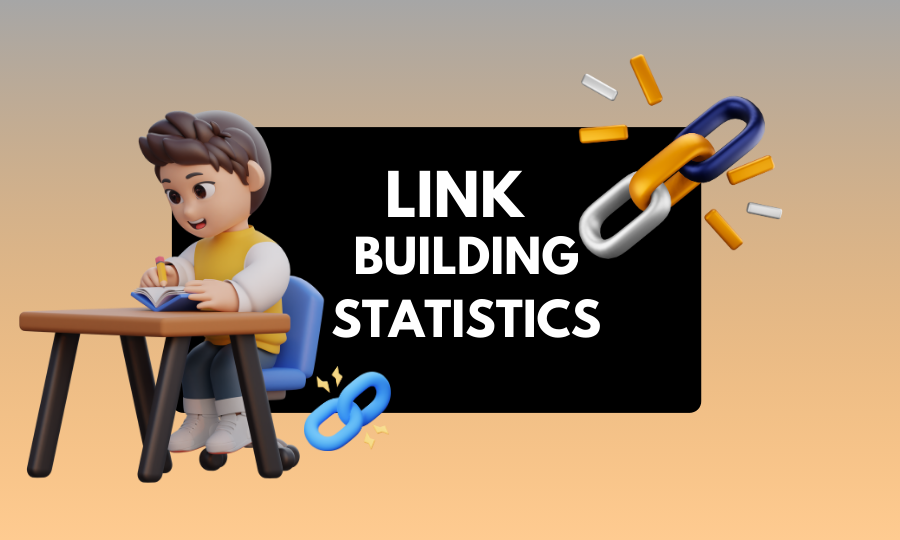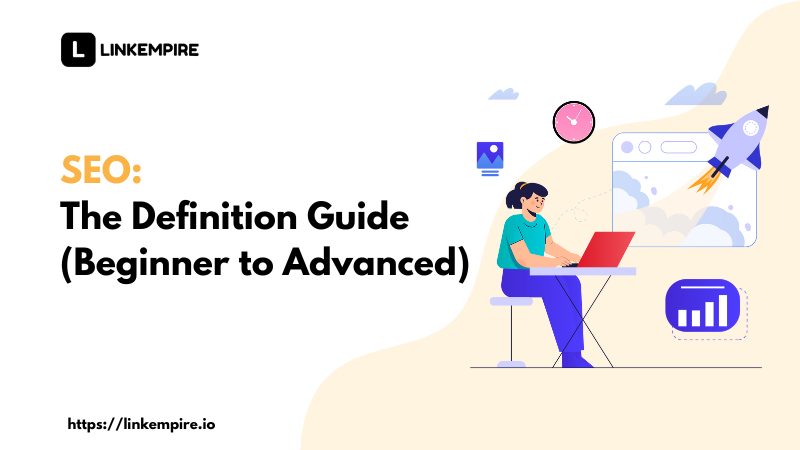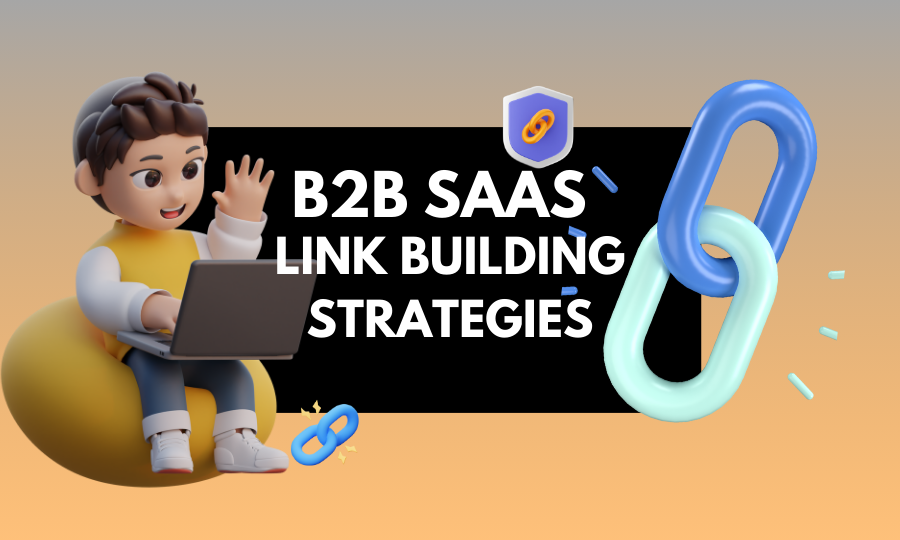Backlinks remain a critical factor in SEO success, because of search engines still using them as a key ranking factor. However, link building has evolved significantly in 2025, making it harder, more competitive, and more reliant on quality. Below, we break down the most important, data-backed link-building statistics and what they mean for your SEO strategy.
🔗 Why Backlinks Still Matter in 2025
Backlinks continue to be one of Google’s top 3 ranking factors. While some SEOs believe AI-generated content will change the link-building game, data suggests otherwise:
- 92% of top-ranking pages have at least one backlink – proving that Google still values inbound links. (SEO.ai)
- Websites with strong backlink profiles rank 40% higher than those with only good on-page SEO. (Authority Hacker)
- Google uses backlinks as a trust and authority signal, making high-quality links crucial for ranking longevity.
💡 Takeaway: Links remain essential. Focus on quality over quantity—Google is better than ever at detecting spammy links.
⚙️ Link Building Strategies and Tools
1. What techniques do you use for link building?
Link builders employ a variety of strategies to acquire backlinks:
- Guest Posting: 64.9% of link builders utilize guest posting as a primary tactic.
- Link Exchanges: 51.6% engage in link exchanges to build their backlink profiles.
- Content Creation: 50% focus on creating high-quality content to naturally attract links.
- HARO (Help a Reporter Out): 46.3% use HARO to gain backlinks from media outlets.
- Digital PR: 17.7% implement digital PR campaigns to secure high-authority links.

Source: Authority Hacker.
2. What tools do you use for link building?
Effective link building often involves the use of specialized SEO tools:
-
Ahrefs: 55.5% of link builders use Ahrefs for backlink analysis and strategy development.
-
SEMrush: 14.3% prefer SEMrush for their link building efforts.
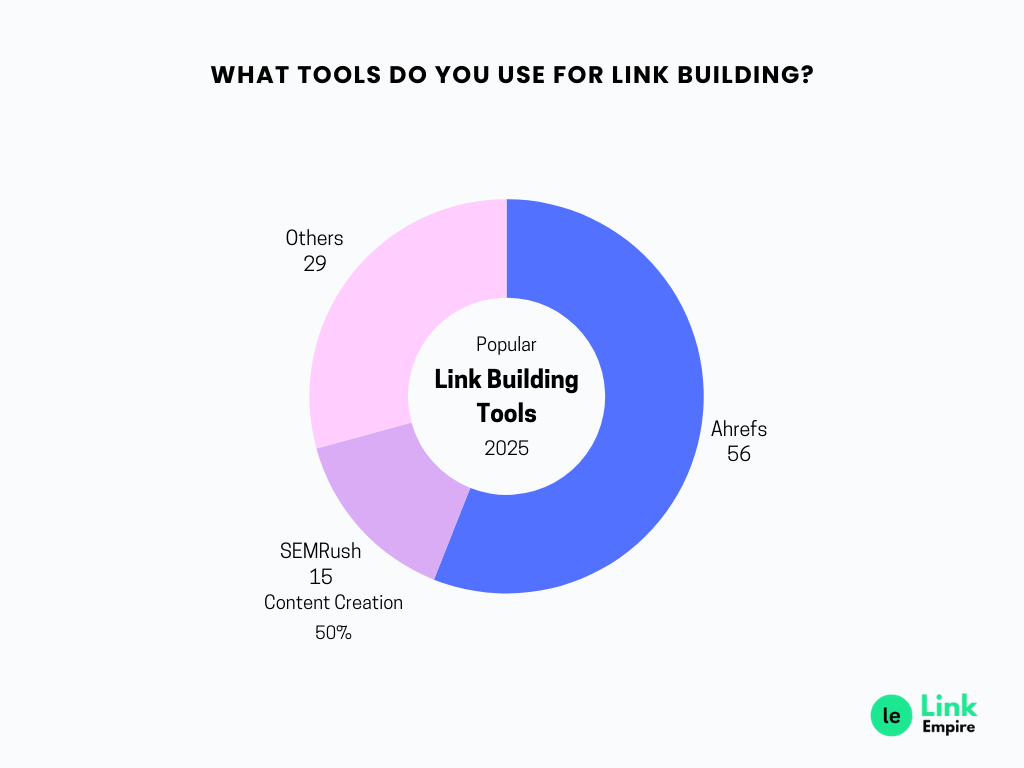
3. What is your most successful link building technique?
Creating link-worthy content is rated as the most effective link building tactic. (Source: authorityhacker.com)
4. What is your least successful link building technique?
Digital PR is the least utilized link building tactic, with only 17.7% of link builders employing it. (Source: authorityhacker.com)
5. What is your biggest challenge in link building?
52.3% of digital marketers consider link building the most challenging aspect of SEO. (Source: authorityhacker.com)
6. How do you measure the success of your link building efforts?
Metrics commonly used to assess link building success include:
-
Domain Authority (DA) and Domain Rating (DR): 42.6% of link builders rely on these metrics. (Source: authorityhacker.com)
-
Page Rankings: 38% of SEO experts consider page rankings as the primary KPI. (Source: sixthcitymarketing.com)
7. What metrics do you use to assess link quality?
Key factors in evaluating link quality are:
- Relevance: 84.6% of link builders prioritize the relevance of the linking site.
- Domain Authority/Site Traffic: 68.3% consider these metrics important.
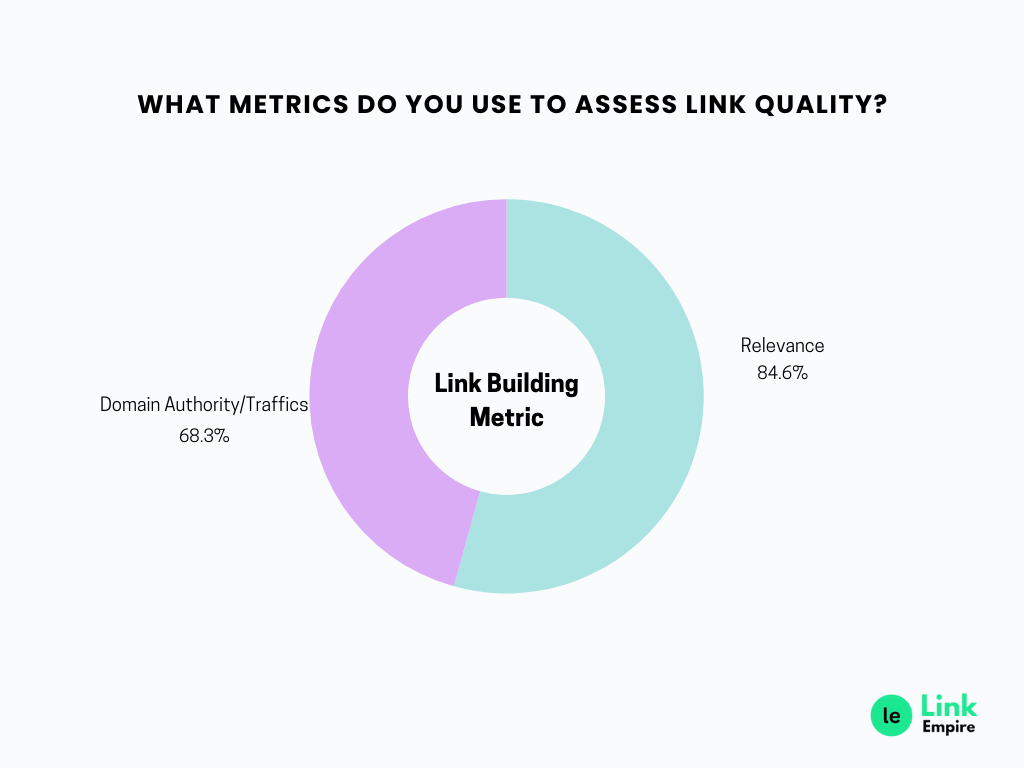
(Source: seomator.com)
8. How do you stay updated with the latest link building trends and best practices?
Staying informed involves:
- Industry Publications and Blogs: Regularly reading reputable SEO blogs and news sites.
- Networking: Participating in SEO conferences, webinars, and online communities.
- Continuous Learning: Engaging in ongoing education through courses and certifications.
9. What advice would you give to someone new to link building?
- Focus on Quality: Prioritize acquiring high-quality, relevant backlinks over sheer quantity.
- Create Valuable Content: Develop content that naturally attracts links.
- Build Relationships: Network with industry peers and influencers to facilitate link opportunities.
- Be Patient: Understand that effective link building is a gradual process requiring consistent effort.
⌛ Link Building Measurement and Reporting
10. Do you use any metrics to measure the authority and/or quality of a link?
Yes, SEO professionals commonly use metrics to assess link authority and quality. A survey revealed that 65% of marketers measure link quality by looking at Domain Authority, 48% use Domain Rating, and 36% consider Page Authority.
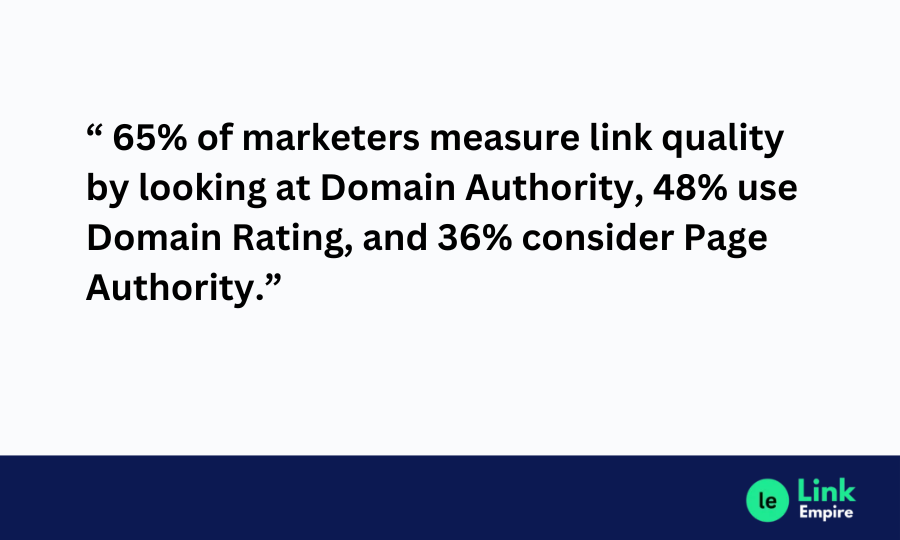
(Source: Searchlogistics.com)
11. If you could only choose one metric to use, which tool would it be?
When asked to select a single SEO tool, 39.33% of respondents chose Ahrefs, indicating a preference for its metrics, such as Domain Rating, when evaluating link quality. (Source: Linkdoctor.io)
12. What is the primary KPI you use to measure the effectiveness of link building?
Keyword rankings are the primary KPI for 77.33% of SEO professionals when evaluating link-building efforts. Other significant KPIs include traffic growth (68%) and SERP visibility (52%). (Source: Linkdoctor.io)
13. Do you report on nofollow links and brand mentions?
Approximately 48% of marketers include “nofollow” links in their reporting processes. (Source: Searchlogistics.com)
14. Do you count nofollow links and brand mentions towards your link-building targets?
While specific percentages vary, 89.1% of link builders believe that nofollow links impact search rankings, suggesting they may consider them in their link-building targets. (Source: Authorityhacker.com)
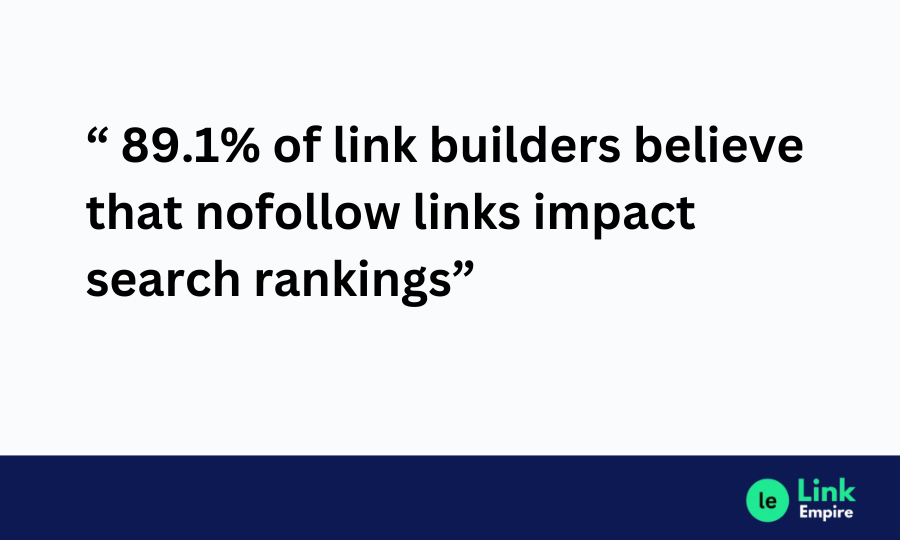
15. Do you believe that brand mentions (without a link) influence organic search rankings?
Yes, 52% of digital marketers say link building and brand mentions (also called linkless backlinks) directly impact organic search rankings. (Source: AIOSEO)
16. If you needed to put a time estimate on how long it takes you to secure a single link, how long would you say it takes?
On average, it takes about 8 days for an outreach email to convert into a backlink. (Source: Authorityhacker.com)
📈 The Impact of Link Building
17. How effective do you think link building is in influencing organic search rankings?
While specific numerical ratings are not provided in the available sources, a significant portion of marketers and SEO professionals acknowledge the importance of link-building in SEO. For instance, 44% of marketers are positive that link-building delivers results. (Source: Thefrankagency.com)
18. Do you think links will be a signal that Google uses in their ranking algorithm in five years?
A substantial majority of SEO professionals believe that links will continue to be a key ranking factor in Google’s algorithm in the next five years. Specifically, 92% of marketers hold this belief. (Source: Searchlogistics.com)
19. Do you think links will be a signal that Google uses in their ranking algorithm in ten years?
Looking further ahead, 73% of marketers believe that links will still impact Google’s rankings in ten years. (Source: Sureoak.com)
20. Do you believe that link-building positively influences rankings?
Yes, a significant number of SEO experts believe that link-building positively influences rankings. For example, 69% of marketers report that link building has delivered positive results for their business. (Source: Sureoak.com)
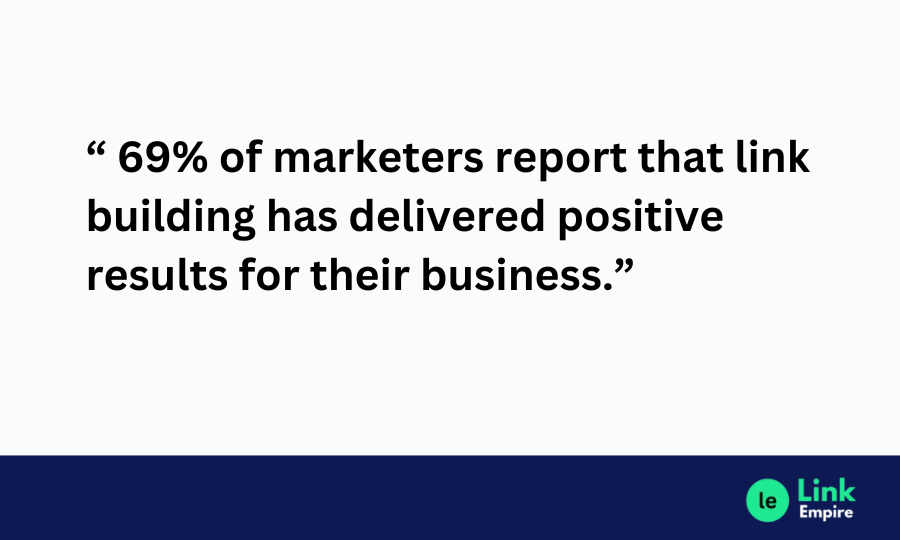
21. How long does it take to see the impact of link building on rankings and traffic?
The time frame to observe the impact of link building varies. According to a survey, 83.2% of specialists believe that the impact of link building on rankings and traffic can be seen in two weeks or more. (Source: Editorial.link)
22. Do you think that buying links can positively influence rankings?
The practice of buying links is generally discouraged due to potential penalties from search engines. However, some marketers still consider it, with 89.1% believing that nofollow links impact SEO rankings. (Source: Meetanshi.com)
23. Do you believe that links directly to a target page (such as a product or category page) are necessary for that page to rank? Or is the onus on the strength of the domain as a whole?
Both the quality of individual links and the overall domain authority are important. Websites with higher Domain Rating (DR) as measured by tools like Ahrefs, Moz, or Semrush tend to rank higher on the first page of Google. (Source: Authorityhacker.com)
24. What attributes of a link do you focus on when it comes to positively influencing organic search rankings?
When assessing link quality, marketers focus on several attributes:
- Relevance: 84.6% of respondents consider relevance as the main metric for assessing the quality of a backlink.
- Domain Authority: 68.3% of respondents consider domain authority scores as a key factor.
- Site Traffic: 68.3% also consider site traffic when evaluating link quality.
Source: Editorial.link
📝 Content-Led Link Building
25. Do you produce content with the goal of generating links?
Producing content with the goal of generating links is a common strategy among marketers. In fact, 89% of marketers create content specifically to build links. (Source: Adam Connell)
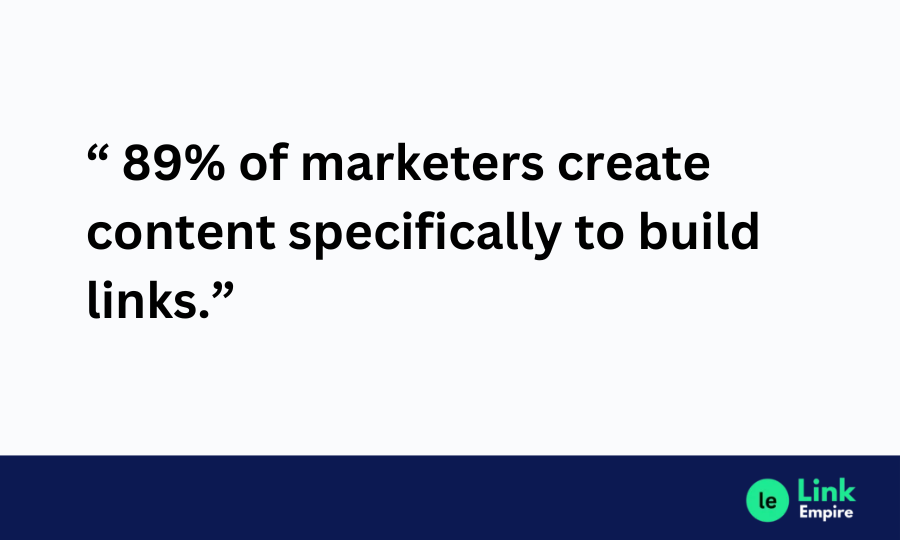
26. If you do create content specifically to generate links, in the past 12 months have you created a campaign that generated:
Regarding the success of such campaigns over the past 12 months, data indicates that:
- 53% of online marketers who launched campaigns aimed at generating links were able to acquire between 1 to 9 links within a year.
- Additionally, 29% of marketers reported that their campaigns did not generate any links.
Source: My Codeless Website
27. Do you set link targets for each campaign that you launch?
While specific statistics on the percentage of marketers who set link targets for each campaign are limited, it’s evident that goal-setting is a common practice. For instance, 74% of marketers set goals for their campaigns, though only 50% achieve them always or most of the time. (Source: Authorityhacker.com)
28. Typically, how many links does a campaign need to have in order to be deemed a success?
Success metrics vary among marketers. Data indicates that 53% of online marketers who launched campaigns aimed at generating links acquired between 1 to 9 links within a year. Additionally, 29% of marketers reported that their campaigns did not generate any links. (Source: Adam Connell)
29. Do you count syndicated links toward your overall link target?
Specific statistics on counting syndicated links toward overall link targets are scarce. However, it’s generally recommended to focus on acquiring unique, high-quality backlinks, as they are more valuable for SEO purposes.
30. If a campaign misses the link target, what is the usual course of action?
While exact statistics are not available, common practices when a campaign misses its link target include:
- Analyzing the campaign to identify areas of improvement.
- Adjusting outreach strategies or content quality.
- Re-engaging with potential link partners.
- Exploring alternative link-building tactics.
31. Do you run outreach for new campaign?
According to a study, 31% of marketers run outreach campaigns to build links to a new piece of content for up to 4 weeks after launching it. (Source: Adam Connell)
✅ Conclusion
In conclusion, link building remains a critical component of effective SEO strategies. High-quality backlinks not only enhance search engine rankings but also boost domain authority and drive organic traffic.
However, acquiring such links is challenging, with 52.3% of digital marketers identifying it as the most difficult aspect of SEO.
Notably, 94% of online content lacks external backlinks, underscoring the importance of proactive link-building efforts. Investing in quality content and ethical link-building practices is essential for sustainable online success.
Share via:


